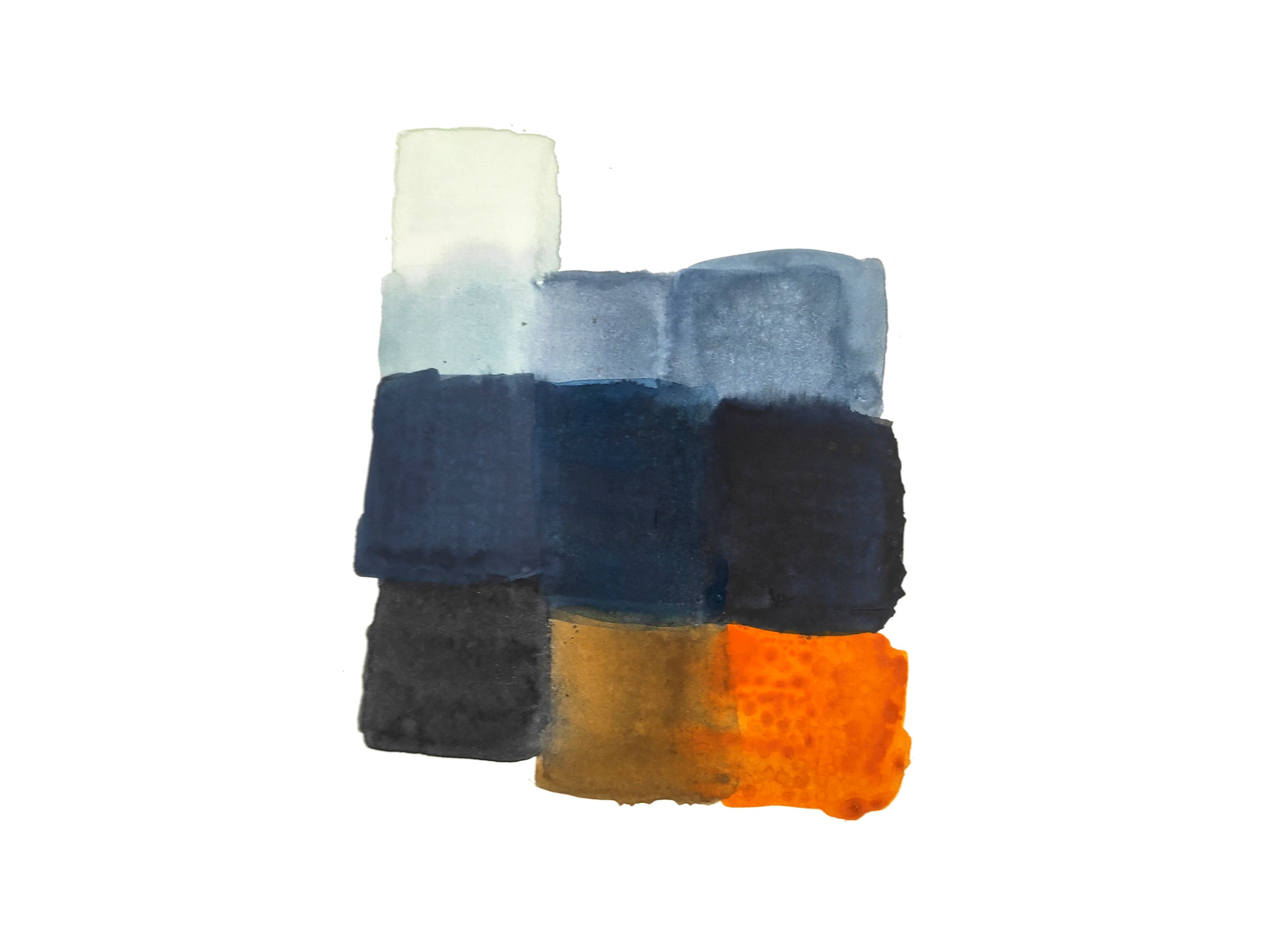Sonja Zausch, Bart Vanmechelen, and Jan Göschel, the three leaders of the Council for Inclusive Social Development, have put these two words in the subtitle of their autumn meeting. The Irish writer C.S. Lewis showed how closely the two virtues are connected in his book ‹The Four Loves›.
In it, Lewis makes vulnerability a condition of loving: «To love is to be vulnerable.» To this Irish soul arithmetic is now added the topography of the soul: Whoever studies something, recognizes something, will approach the thing one wants to understand. Whether thing, animal, or fellow human being: Anyone who wants to recognize something immerses oneself in it, immerses oneself, and gets involved in the foreign. Conversely, with love, you take the other into yourself. In recognition, we are in the world. In love, the world is within us. If this is true, then everything I love has long since exceeded my self-protection; the immune system of my soul has arrived in the heart on this side of the ribs – intentional vulnerability.
And what about invulnerability? In Siegfried’s case, a linden leaf lies between his shoulders as he bathes in the dragon’s blood, making him vulnerable there. At the same time, Achilles holds Thetis at the heel as she dips him into the underworld river Styx, which remains dry. So both have their weak point and are vulnerable. That leads to the soul grammar: Whoever steels oneself like Achilles or Siegried is vulnerable, and whoever opens up as a lover is vulnerable.
Image Sonja Crone, The harmony of complementary colors. – Translation: Monika Werner









